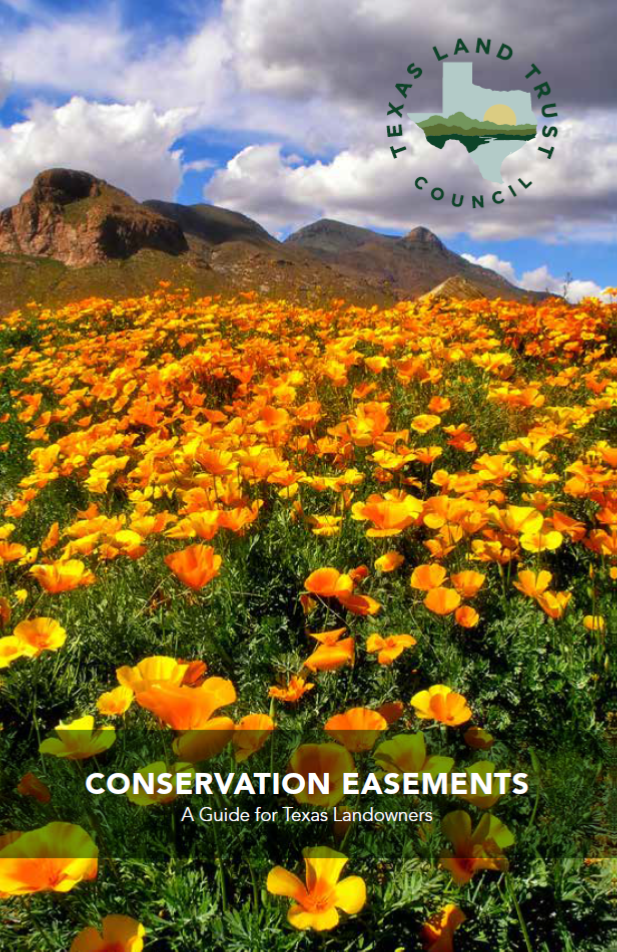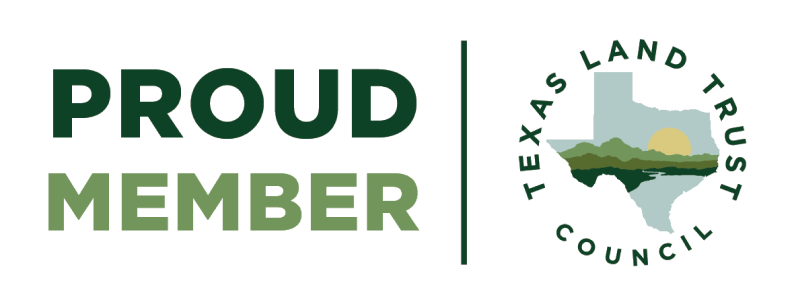Conservation Easements

Whether to protect the natural or productive features of private property, or to help in passing the land down from generation to generation, conservation easements are a tool to enable landowners to protect resources they value for their children and future generations while maintaining private ownership.
Some things to keep in mind when considering a conservation easement:
A conservation easement is a voluntary, negotiated legal agreement between a landowner and a nonprofit land trust that permanently limits certain uses of the land in order to protect its conservation values. It allows landowners to continue to own and use their land and to sell it or pass it on to heirs. The conservation easement can apply to the entire property, or to only a portion, such as a riparian or floodplain area. Because each landowner and property are different, conservation easements are written specifically to meet the long-term goals of the landowner and their property.
When donating a conservation easement to Upper Trinity Conservation Trust (UTCT), landowners restrict some of the rights associated with the land. For example, landowners would give up the right to subdivide or build additional structures within the easement area, while retaining the right to raise cattle, farm, and hunt.
If the conservation easement is donated to the Trust, it may qualify as a tax-deductible charitable donation for up to 15 years.

Check out the Texas Land Trust Council’s
to learn more about this tool, see different examples of conservation easements from across the state, and get answers to frequently asked questions. Check out our step-by-step process and information about potential tax benefits below.


